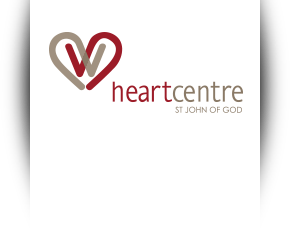Implanted Cardioverter Defibrillator (ICD)
If your heart condition has a high risk of you developing a life-threatening arrhythmia (VT or VF) you may benefit with having an Implanted Defibrillator (ICD). An ICD is similar to a permanent pacemaker and has the added ability to apply a series of electrical shocks to restart the heart should VT or VF occur. An ICD consists of a "pulse generator" and one or more "ICD leads" that connect the pulse generator to the heart.
The ICD is able to detect the electrical activity from your heart and monitor your heart rate and rhythm. When the ICD recognises that your heart rhythm is either VT or VF it will automatically deliver a series of electrical shocks to restore your heart rhythm to normal. If your heart rate becomes too slow, your ICD will also act as a pacemaker and will apply a small electrical impulse to maintain your heart rate at an acceptable level.
Performing the procedure
Your implanting cardiologist will perform the procedure in a Cath Lab (“Catheterisation Suite” or “Angiography Suite”). A general anaesthetic is often recommended to maintain your comfort.
An incision is made just below one of your collar bones. A needle puncture is then made into the vein (Subclavian vein) behind the collar bone. Through this needle puncture, one or more ICD leads are passed into the heart and attached inside once a satisfactory position has been achieved. The free end of the leads are then connected to the pulse generator and the wound sutured closed. After the procedure, you will stay in hospital overnight for monitoring in the Cardiac Care Unit.
Regular follow up of the ICD is then required to ensure it is functioning as expected and to monitor the battery life. Depending on the type of ICD and the frequency of impulses, your ICD battery could last as long as 10 years before needing replacement. Appointments will be made for you to attend our Consulting Rooms for your ICD checks. Initially this will be about 4 weeks after the ICD was implanted. Subsequent checks are performed every 6-12 months, but more frequently, if necessary, as determined by your Cardiologist. These ICD checks are conducted by a qualified technician and supervised by a Cardiologist present at the time.
Your ICD may have remote monitoring capabilities, allowing monitoring of your ICD from your own home. This can provide your Cardiologist with important information about your ICD, without the need for you to attend our rooms. This service is especially helpful for those patients who live far away or have difficulty in travelling.
